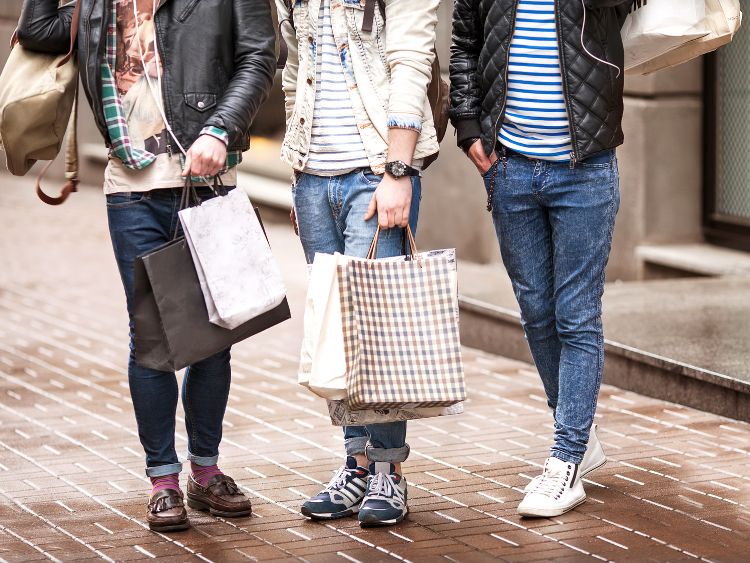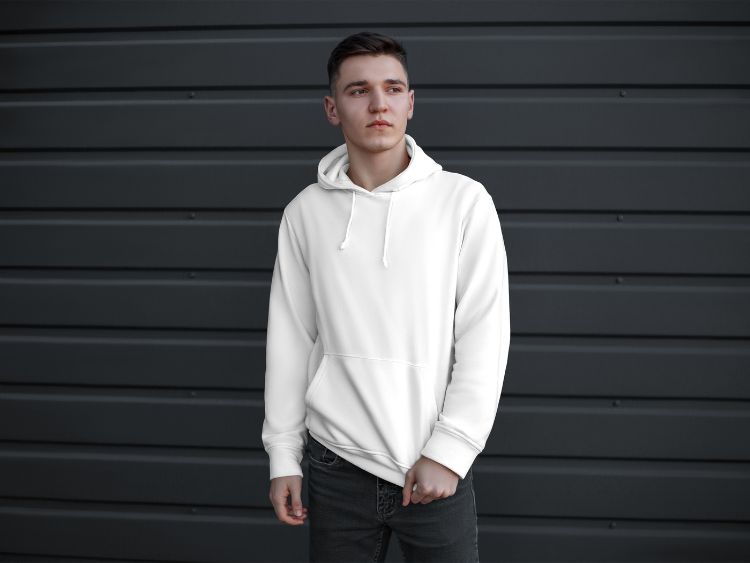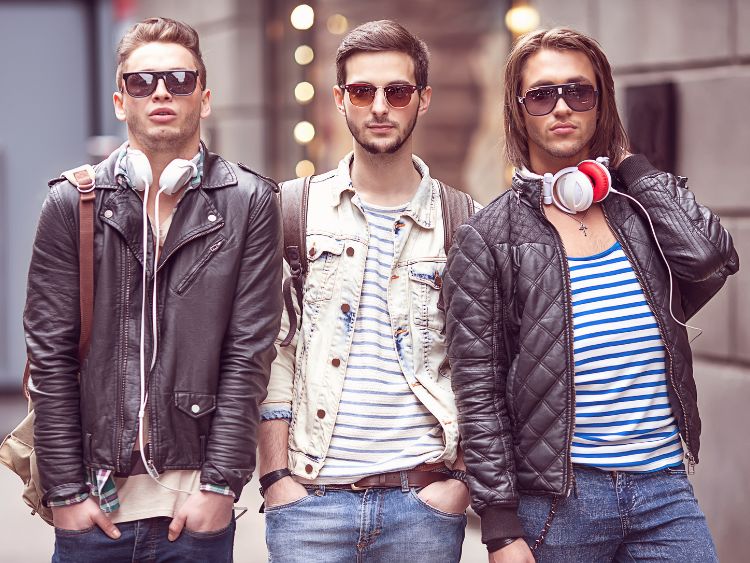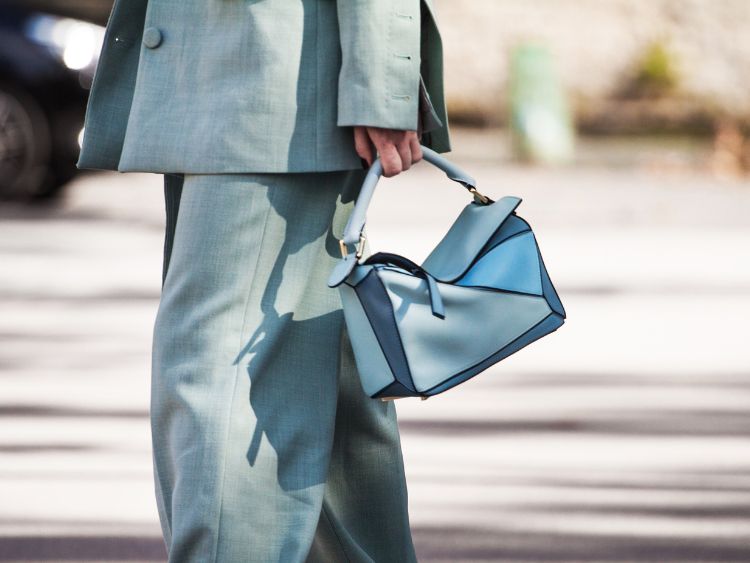The 1950s marked a significant era in fashion, setting trends that still influence today’s wardrobe choices. With the end of World War II and the rise of consumerism, fashion took a glamorous turn, celebrating femininity and elegance for women, while men embraced a more relaxed, yet polished, style. This article dives deep into the iconic elements of 1950s fashion, exploring how this decade’s trends continue to inspire modern style.
The Fashion Revolution of the 1950s
The 1950s were an era of recovery and reinvention. As society transitioned from the hardships of wartime rationing, the fashion world erupted in creativity. Designers like Christian Dior and Coco Chanel dominated the scene, bringing opulence, structure, and grace to everyday wear. It was a time when fashion became more accessible to the masses, and department stores flourished, making haute couture-inspired pieces available to regular consumers.
The Iconic Silhouettes of 1950s Fashion
One thing that immediately stands out about 1950s fashion is the distinctive silhouette. Women’s clothing in the 1950s focused on accentuating the natural curves, creating a highly feminine and structured look. Two key shapes dominated the decade:
- The Hourglass Silhouette: Popularized by Dior’s “New Look,” this shape featured a cinched waist, full skirts, and fitted bodices. It was all about celebrating curves.
- The Pencil Skirt: Sleek, narrow skirts offered a more tailored, sophisticated option, perfect for the office or more formal settings.
These two silhouettes offered women the freedom to choose between voluminous and structured styles, both of which exuded confidence and elegance.
Fashion for Every Occasion
In the 1950s, fashion wasn’t just about looking good; it was also about dressing for the occasion. Whether attending a fancy dinner party or a day at the beach, there was an outfit for every situation. Let’s explore some key wardrobe staples of 1950s fashion that helped women navigate the many facets of life.
- Daywear: Women often wore full skirts with petticoats, crisp blouses, and tailored jackets. The shirtwaist dress, typically cinched at the waist with a wide belt, became a daytime favorite.
- Eveningwear: For more formal occasions, women favored glamorous evening gowns with fitted bodices and flowing skirts. Fabrics like silk, satin, and tulle dominated these elegant pieces.
- Swimwear: The 1950s brought about the rise of the two-piece swimsuit, though they were far more modest than today’s bikinis. High-waisted bottoms and halter tops ruled the beach.
Accessories: The Finishing Touch
No 1950s outfit was complete without the right accessories. Women embraced bold, statement pieces to complement their wardrobes, adding an extra layer of glamour to their look.
- Gloves: Whether short or opera-length, gloves were a must-have for both day and evening wear. They added a touch of refinement to any outfit.
- Hats: Small hats, often adorned with netting or feathers, were a popular choice. Pillbox hats and wide-brimmed styles also made their mark.
- Pearls: A single strand of pearls was the go-to accessory for formal occasions, symbolizing sophistication and class.
- Handbags: Structured, top-handle bags in materials like leather and crocodile skin were trendy, providing both style and practicality.
These accessories weren’t just about function—they were essential for achieving the polished look synonymous with 1950s fashion.
Men’s Fashion in the 1950s
Men’s fashion in the 1950s shifted towards a more casual yet sleek style. After years of wartime austerity, men began to embrace lighter fabrics and bolder colors. While suits were still the norm, the introduction of leisurewear provided men with more relaxed, comfortable options.
- Suits: The single-breasted suit with narrow lapels became a staple, often paired with skinny ties and polished leather shoes.
- Casual Wear: Men turned to plaid shirts, leather jackets, and chinos for a more laid-back look. The rise of the greaser style, popularized by icons like James Dean, made white T-shirts and denim jeans a cool, rebellious choice.
- Footwear: Loafers and oxford shoes were favored for both casual and formal wear, allowing men to step out in style.
How 1950s Fashion Influences Today’s Style
It’s no secret that 1950s fashion continues to inspire today’s trends. From the runway to high street stores, the hallmarks of this era are evident in modern clothing. Many designers frequently pay homage to this decade by incorporating key elements into their collections. Let’s explore how these trends live on:
- Full Skirts and Fit-and-Flare Dresses: These silhouettes are still a popular choice for formal events or summer wear. The cinched waist and voluminous skirts create a flattering look that appeals to many body types.
- Pencil Skirts: This sleek style remains a staple in workwear wardrobes today, offering a professional yet feminine touch.
- Retro Swimwear: High-waisted bikinis and one-piece swimsuits with structured designs have made a comeback, celebrating the modest yet glamorous vibe of the 1950s.
- Statement Accessories: Pearls, gloves, and vintage-style handbags continue to be a chic way to elevate any outfit.
FAQs About 1950s Fashion
- What were popular fabrics in 1950s fashion?
In the 1950s, cotton, wool, silk, and synthetic fabrics like nylon and polyester were commonly used. Many dresses were made from cotton, while evening gowns featured luxurious fabrics like satin and tulle. - Did men in the 1950s wear casual clothing?
Yes, while suits were still standard for formal occasions, men began embracing casual styles, including leather jackets, plaid shirts, and chinos. - What is the “New Look” in 1950s fashion?
The “New Look,” introduced by Christian Dior in 1947, emphasized an hourglass figure with a fitted bodice, a tiny waist, and a full skirt. It was incredibly influential throughout the 1950s. - How can I incorporate 1950s fashion into my wardrobe today?
Look for retro-inspired pieces like fit-and-flare dresses, high-waisted skirts, or structured handbags. Accessories like pearls and gloves can also give a subtle nod to this iconic era.
Conclusion: The Lasting Legacy of 1950s Fashion
The elegance, glamour, and innovation of 1950s fashion continue to shape modern trends, proving that classic styles never truly go out of fashion. Whether it’s the influence of Dior’s hourglass silhouette, the rebellious greaser look, or the timeless allure of pearls, the 1950s left an indelible mark on the fashion world. As we move forward, we can expect these retro trends to be reimagined, ensuring their place in the world of fashion for years to come.
Authoritative Links:
- https://www.vam.ac.uk/articles/1950s-fashion
- https://www.metmuseum.org/toah/hd/dior/hd_dior.htm
- https://fashionhistory.fitnyc.edu/1950-1959/



